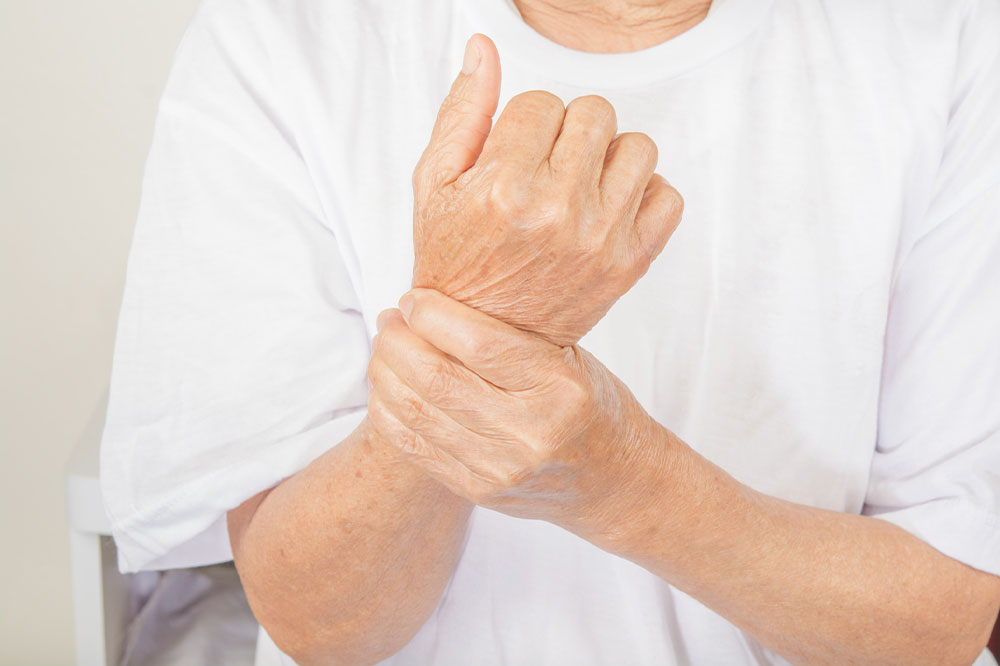Complete Guide to Nerve Injury: Symptoms, Causes, and Effective Treatment Strategies
This comprehensive guide explores nerve injury types, symptoms, causes, and treatment strategies. It emphasizes early recognition and intervention to promote optimal nerve healing, covering motor, sensory, and autonomic nerve damages, with insights on specific issues in legs and hands. Perfect for individuals experiencing nerve-related problems or seeking preventative tips, this detailed overview highlights the importance of understanding nerve health for maintaining functional well-being.

Complete Guide to Nerve Injury: Symptoms, Causes, and Effective Treatment Strategies
The human nervous system is a highly complex and vital network that controls virtually every function of the body. Nerves act as communication pathways, transmitting vital signals between the brain, spinal cord, muscles, and internal organs. When nerves become damaged or injured, it can significantly impair normal bodily functions, leading to pain, weakness, numbness, or even paralysis. Understanding the different types of nerve injuries, their symptoms, underlying causes, and treatment options is crucial for early intervention and optimal recovery.
In this comprehensive guide, we delve deep into the anatomy of nerves, the various forms of nerve damage, how to recognize symptoms early, and explore the most effective treatment methods available today. Whether you're experiencing nerve pain or seeking information for prevention, this guide aims to provide thorough, well-researched insights to help you navigate nerve health more effectively.
Understanding the Types of Nerves and Their Functions
The human body contains three primary categories of nerves, each serving distinct roles essential to maintaining overall health and functionality. Damage to any of these nerve types can lead to a wide range of symptoms, impacting both physical capabilities and involuntary bodily functions.
Motor Nerves: These nerves are responsible for transmitting signals from the brain and spinal cord to the muscles, enabling voluntary movements such as walking, grasping objects, speaking, and facial expressions. Damage to motor nerves can cause muscle weakness, twitching, cramping, or even paralysis if the injury is severe.
Sensory Nerves: Responsible for relaying sensory information from the skin, muscles, and joints back to the brain, sensory nerves facilitate sensations like touch, pressure, temperature, and pain. When these nerves are damaged, symptoms may include numbness, tingling, burning sensations, or decreased sensitivity, which can significantly interfere with daily activities and safety.
Autonomic Nerves: These nerves regulate involuntary functions such as heartbeat, digestion, blood vessel constriction, and respiration. Damage here can disrupt organ performance, leading to symptoms like abnormal sweating, blood pressure fluctuations, digestive issues, or bladder and sexual dysfunction.
Common Symptoms of Nerve Injury and When to Seek Help
Nerve injuries often present with symptoms that can be quite diverse depending on the affected nerve type, severity, and location. Early recognition allows for timely medical treatment, potentially preventing permanent damage and promoting effective healing.
Motor Nerve Damage:
Muscle cramps and spasms
Involuntary muscle twitching or fasciculations
Muscle wasting or atrophy
Weakness in affected limbs
Paralysis or loss of movement
Difficulty gripping objects or performing fine motor tasks
Sensory Nerve Damage:
Numbness or reduced sensation
Tingling or prickling sensations (pins and needles)
Burning pain or sensations
Balance and coordination problems
Elevated sensitivity to pain or temperature changes
Autonomic Nerve Issues:
Unusual or excessive sweating or absence of sweat
Chest pain or discomfort without clear cause
Lightheadedness or dizziness, especially when standing
Dry eyes and mouth
Bladder control problems or sexual dysfunction
Constipation or gastrointestinal motility issues
Causes Leading to Nerve Damage
Nerve injuries can range from minor irritations that heal naturally to severe damages requiring surgical intervention. The underlying causes are varied and often involve a combination of lifestyle and health factors. Understanding these causes can aid in prevention and early diagnosis.
Trauma from accidents, falls, or sports injuries
Chronic medical conditions such as diabetes mellitus (diabetic neuropathy)
Autoimmune diseases like multiple sclerosis, lupus, or Guillain-Barré syndrome
Hormonal imbalances and nutritional deficiencies including vitamin B12 deficiency
Cancers and tumors pressing on nerves
Narrowing of arteries (atherosclerosis) that reduces nerve blood supply
Encasement or compression of nerves by tissues, bones, or swellings
Side effects of certain medications or treatments
Environmental toxins and chemical exposures
Nerve infections, such as herpes zoster (shingles)
Genetic disorders affecting nerve structures
Nerve Injury in the Legs and Hands: Specific Considerations
Nerve damage in the lower extremities can significantly impair mobility and balance, often resulting from conditions such as diabetic neuropathy, trauma, or nerve compression syndromes. Symptoms can include sharp, shooting pains, tingling, numbness, and difficulty maintaining stability, which necessitate prompt medical attention for effective management.
Similarly, nerve injuries affecting the hands and arms often result from repetitive strain, trauma, or nerve entrapment syndromes like carpal tunnel syndrome. These injuries can lead to decreased sensation, weakness, and loss of fine motor control, making daily tasks challenging. Treatment approaches differ based on the specific nerve involved and injury severity, ranging from conservative therapies to surgical procedures.
Proper diagnosis often involves clinical examinations, nerve conduction studies, and imaging tests. Addressing nerve injuries early improves prognosis and function recovery, emphasizing the importance of awareness and prevention.
In summary, nerves are vital components of the body's communication network, and their integrity is essential for movement, sensation, and internals regulation. Staying informed about nerve health, recognizing early symptoms, and seeking appropriate treatment can vastly improve quality of life for individuals affected by nerve injuries.





